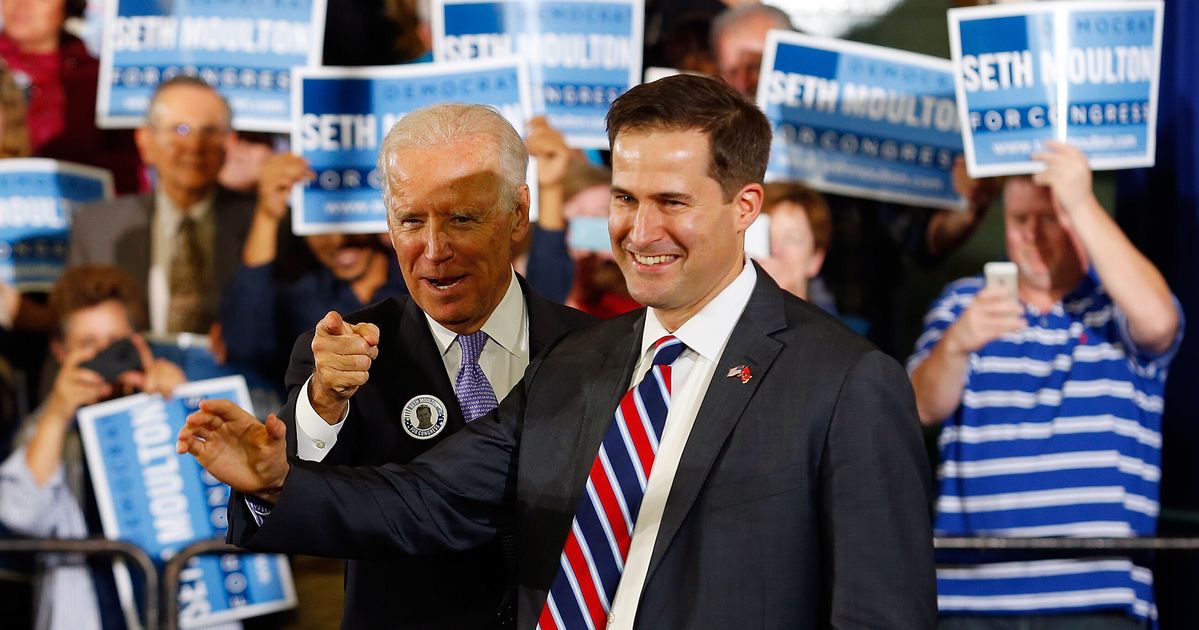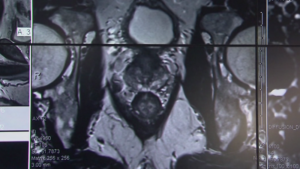Key takeaways:
- The US Department of Energy has added to the confusion over the origins of the Covid-19 pandemic with its assessment that the most likely cause was a laboratory leak in Wuhan, China.
- Divisions remain in the US intelligence community over whether the virus jumped from animals to humans at a Wuhan market.
- President Joe Biden has called for a full report from the US intelligence community and has said that he will accept the conclusions of the intelligence community.
The origins of the Covid-19 pandemic have been a source of confusion and debate since it began in late 2019. Now, three years later, the US Department of Energy has added to the confusion with its assessment that the most likely cause of the outbreak was a laboratory leak in Wuhan, China.
Rep. Seth Moulton (D-Mass.) said Sunday that he wasn’t surprised by the growing support for the lab leak theory. The FBI had previously sided with the lab hypothesis, but divisions remain in the US intelligence community over whether the virus jumped from animals to humans at a Wuhan market where wildlife was sold.
Dr. David Relman, an infectious disease expert and microbiologist at Stanford University, said that understanding the origins of the virus is key to preventing something similar from happening in the future. The US Department has not yet released the full details of its assessment, but it is believed to include evidence from intelligence agencies and scientific experts.
President Joe Biden has also expressed interest in the origins of the virus, and has called for a full report from the US intelligence community. He has also said that he will make the report public, and that he will accept the conclusions of the intelligence community.
The debate over the origins of the Covid-19 pandemic is ongoing, and it is hoped that with time, an answer will become clear. In the meantime, the US Department of Energy’s assessment has added to the confusion and debate.



Be First to Comment